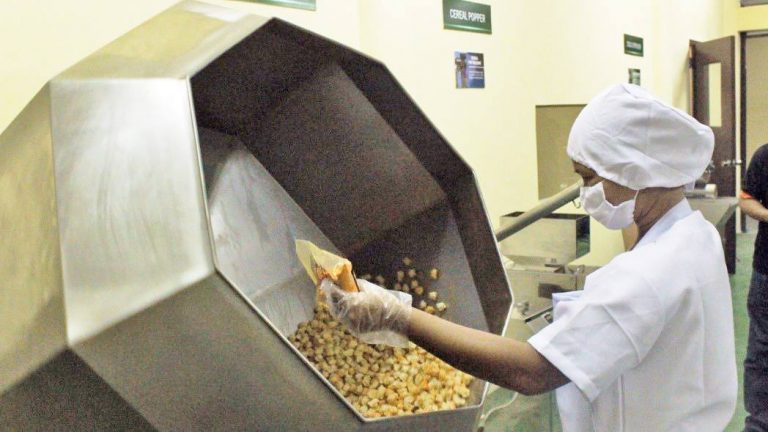A complementary food production facility housed in University of Antique (UA) seeks to help fight the high incidence of malnutrition in selected areas in the region, more importantly in the province of Antique.

A collaborative project of UA and the Department of Science and Technology – Food and Nutrition Research Institute (DOST-FNRI) and DOST VI, the facility is geared towards introducing science-based interventions to address malnutrition problem. It initially produces a ready-to-cook complementary food blend branded as Morise (mongo-rice-sesame).
Citing the facility as one of the promising projects in Antique, DOST VI Regional Director Rowen Gelonga discloses,
“Fighting malnutrition does not need to be expensive. It can be solved by using the proper technology in a cost-effective manner.”
Prior to the establishment of the facility, UA initialized a complementary food project when the DOST implemented the Package for Improvement of Nutrition of Young Children or DOST-PINOY in several sites in the country. The project delved on the implementation a feeding program to malnourished kids aged 6-35 months using the complementary food technology developed by the DOST-FNRI. Complementary foods are found to be promising to infants as jump start to their household diet. The results of the study showed significant improvement in the nutritional status of the children.
In 2013 and 2015, DOST-FNRI provided equipment for the production of rice mongo crunchies, rice mongo curls, and rice mongo instant baby food blend. Since its full implementation in 2013, the university has catered to the feeding requirements of the local government units of Antique, Aklan, Capiz and Iloilo. (DOSTVI-LMLamasan)

